This section presents the findings from the safety framework coding of completed DCV investigation reports. The findings provide an understanding of safety issues and identifies if, and where, greater compliance focus needs to be applied.
Between 2020 and 2022, 178 DCV marine incident investigation reports were coded using the safety framework.14
From the 178 investigations coded, the majority of consequences resulted in crew injuries (19.7%) followed by contacts (13.6%), collisions (12.9%), and groundings 12.9% (Figure 16).
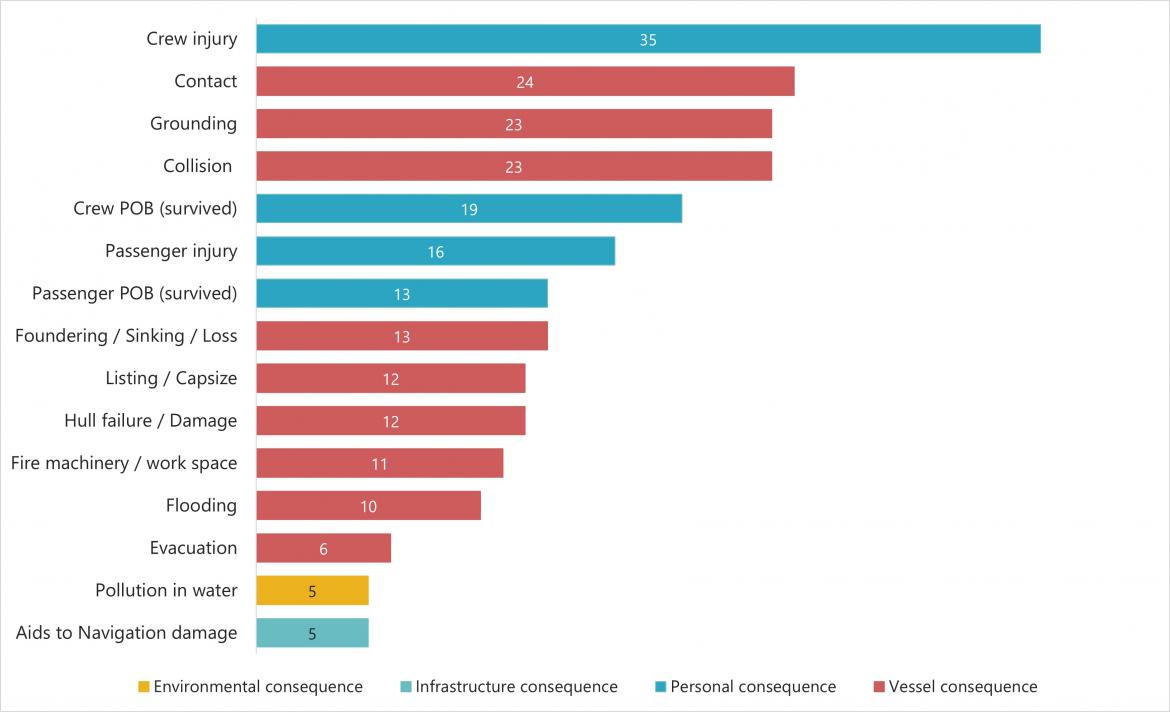 Figure 16 More frequent consequence events from the 178 coded investigation reports (2020-2022)
Figure 16 More frequent consequence events from the 178 coded investigation reports (2020-2022)
A total of 804 safety factors were identified from the 178 investigation reports analysed.
Aspects related to people (27.0%), and internal organisational issues (30.2%) continue to form the majority of safety factors (Figure 17).
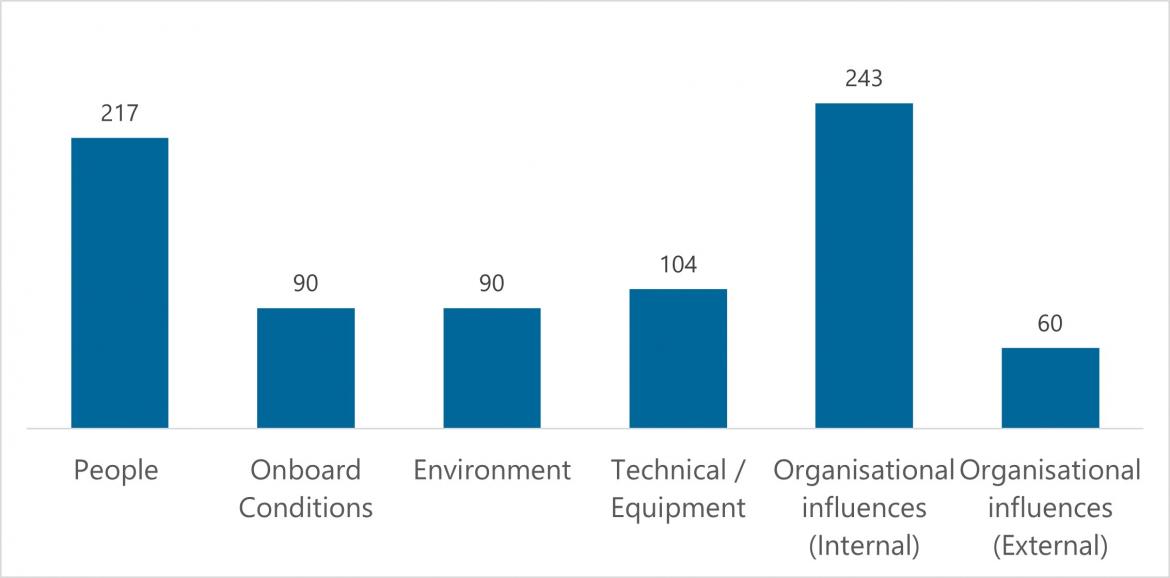 Figure 17 Categorisation of primary safety factors identified from investigation reports (2020-2022)
Figure 17 Categorisation of primary safety factors identified from investigation reports (2020-2022)
The analyses presented will focus on the three primary safety factors of concern, people, onboard condition, and organisational influences (internal) for the 178 coded investigation reports.
People
People actions refer to observable behaviours such as decisions, actions and/or inaction by the crew that increased risk.
Of the people actions identified, the 38.7% (84) were Navigation actions, followed by 36.4% (79) of Deck operation actions and14.3% (31) of Maintenance actions (Figure 18).
Navigation actions comprised shortfalls in assessing and planning (25.0% (21)), monitoring/checking/documenting (25.0% (21)), using equipment (21.4% (18)), communicating and coordinating (13.1% (11)) and other navigation actions (15.5% (8)).
Assessing and planning issues included no passage planning, incorrect assessment of the safety risk when taking certain course of action and making inappropriate plans to rectify the situation. Problems with monitoring/checking/documenting included poor monitoring of the status of the voyage, poor lookout and lack of monitoring of environmental conditions.
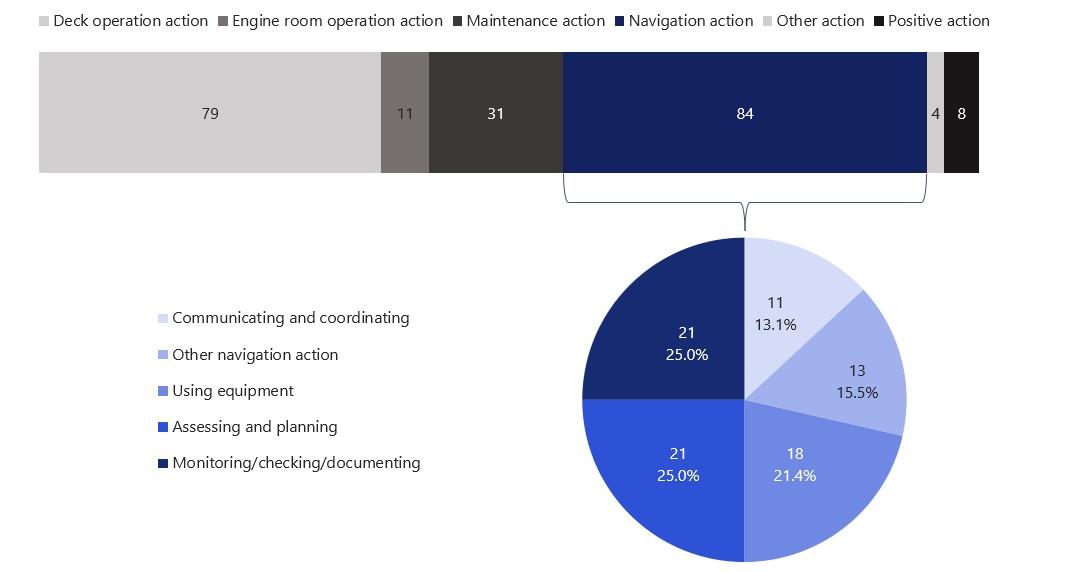 Figure 18 Breakdown of People categories with a focus on navigation action (2020-2022)
Figure 18 Breakdown of People categories with a focus on navigation action (2020-2022)
Onboard conditions
Onboard conditions include onboard conditions that impact safety such as knowledge skills and experience to perform tasks onboard, internal and external factors influencing personal performance and wellbeing and the social environment.
Safety factors related to onboard conditions are evenly distributed with 31 (34.4%) associated with knowledge, skills, experience, 31 (34.4%) with personal factors which includes fatigue and 27 (30.0%) with task demands (Figure 19).
Knowledge skills and experience issues identified in investigation reports included lack of knowledge in the operation of key machinery and safety systems onboard the vessel and in performing key tasks such as anchoring or responding to emergencies.
Shortage of skilled and competent crew are associated with factors including pressure to complete tasks, high workload and fatigue.
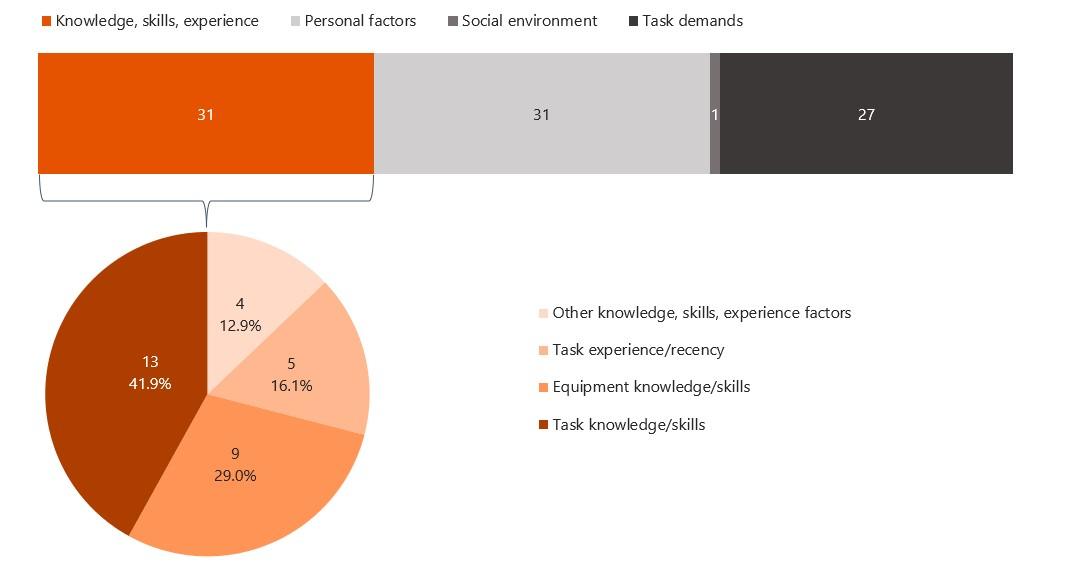 Figure 19 Breakdown of Onboard conditions categories with a focus on Knowledge, skills, experience (2022-2022)
Figure 19 Breakdown of Onboard conditions categories with a focus on Knowledge, skills, experience (2022-2022)
Internal organisational influences
A significant portion of the risks to safety of vessels and crews reside at the organisational level.
Safety management processes comprise most of the internal organisational issues, forming 65.8% (160) of the total internal organisational issues. Investigation reports identified shortfalls associated with the processes an organisation uses to establish, maintain, and otherwise ensure the effectiveness of its risk controls as factors affecting onboard safety. Poor, lack of or ineffective risk assessments continue to be major areas of concern in DCV fleet incidents and operations. 38.1% (61) were associated with shortfalls in risk assessment and 35.6% (57) related to Safety Procedures (35.6%) and both continue to represent the majority of safety management system issues (Figure 20).
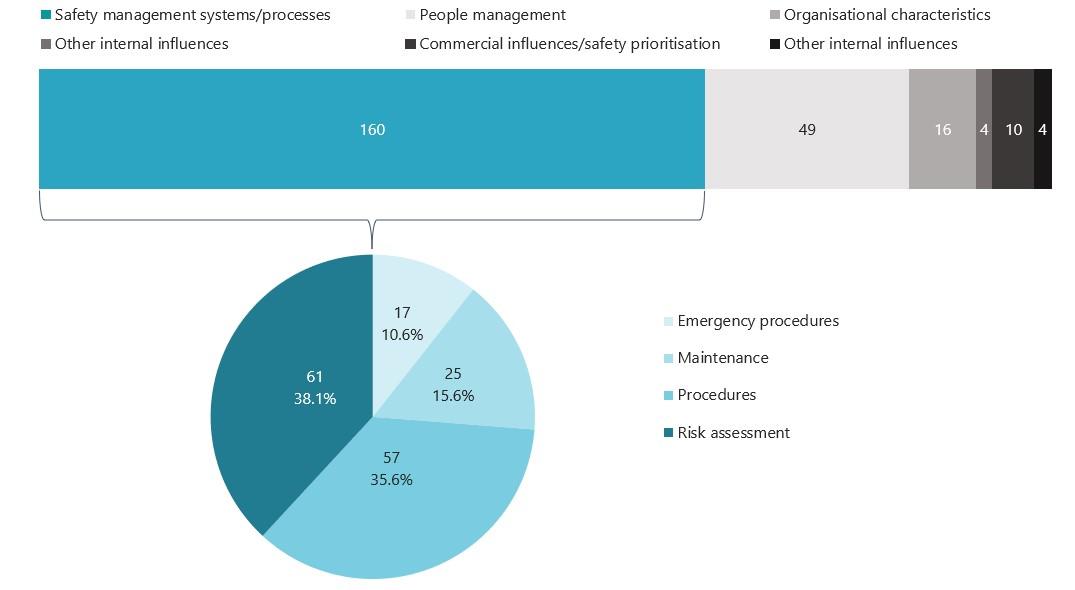 Figure 20 Breakdown of internal organisational categories with a safety management processes (2020-2022)
Figure 20 Breakdown of internal organisational categories with a safety management processes (2020-2022)
Footnotes
14.Note that subsequent to the publication of the 2021 annual report, a further 39 investigations into incidents which occurred in 2020 and 2021 were coded using the safety framework.